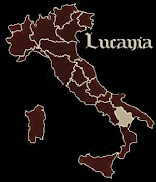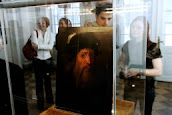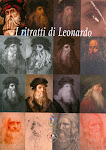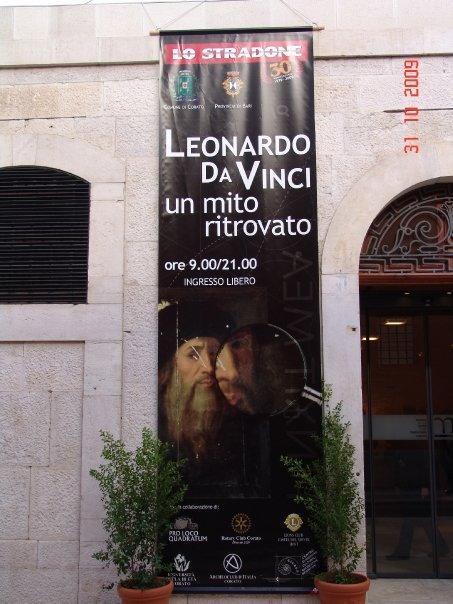
The images here demonstrate the physical investigations performed in the nuclear physics Institute in the University of Sant'Orsola Benincasa in Naples. The results of the radiocarbon 14-3 samples from the wooden panels on which the painting was created, give a clear answer to its dating:1400-1500 within a margin lapse of 25 years. This result, together with other analysis already performed on the pigments used in the painting, confirm that the material is from the time period of Leonardo da Vinci. Although art critics continue to express bewilderment on the dating even in the face of unbiased-unrepeatable laboratory analysis, the probability that the painting be coeval to Leonardo da Vinci is now almost for certain. What remains, is the establishing a trait of the painting to a contemporary artist of Leonardo, if it's not to Leonardo himself. In any case, the face in the painting has been actualized by someone who had in front of him, Leonardo da Vinci and it's therefore the true visage. The three dimensionals were performed simultaneously by Orest Kormas Hov at the University of Tallinn, and they confirm that the features on the face are to be considered with designs made by Francesco Melzi and by a disciple of Leonardo who portrayed him on paper which is actually conserved in the Royal Library of Windsor (12300v). The results of this investigation will be published exclusively on this site.

Le immagini mostrano le indagini fisiche svolte nel laboratorio di fisica nucleare dell'Istituo Universitario Sant'Orsola Benincasa di Napoli. I risultati del radiocarbonio 14 su 3 prelievi del legno della tavola sulla quale è stato realizzato il dipinto, danno una chiara risposta per la datazione: 1400-1500 con un margine di errore di 25 anni. Questo risultato, assieme ad altre analisi già svolte sui pigmenti utilizzati nel dipinto, conferma che il materiale è quello del tempo di Leonardo da Vinci. Benchè i critici d'arte continuino a manifestare perplessità sulla datazione anche di fronte ad analisi obiettive di laboratorio ripetibili, la probabilità che il dipinto sia coevo a Leonardo da Vinci è ora quasi una certezza. Resta da stabilire solo l'attribuzione del dipinto ad un artista contemporaneo di Leonardo, se non a Leonardo stesso. In ogni caso il volto del dipinto è stato realizzato da qualcuno che aveva dinnanzi a se Leonardo da Vinci ed è quindi questo il suo vero volto. Le indagini tridimensionali svolte contemporaneamente da Orest Kormashov all'Università di Tallinn, confermano che i tratti del volto sono da considerare quelli disegnati da Francesco Melzi e da un discepolo di L che lo ha ritratto su un fogli attualmente conservato presso la Royal Library of Windsor(12300v). I risultati di questa indagine saranno pubblicati su questo sito in assoluta esclusiva.













No comments:
Post a Comment